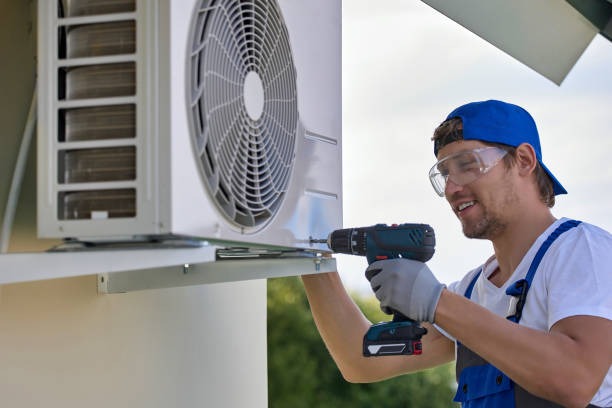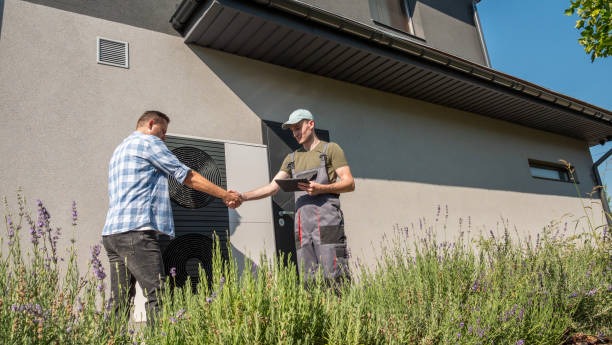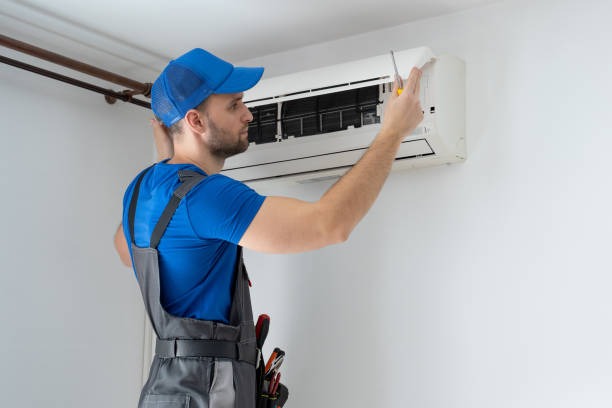Roofs are designed to protect homes from the elements, but they’re not invincible. Over time, they can deteriorate due to age, weather conditions, and other factors. If left unchecked, these issues could lead to severe roof damage that’s expensive to repair or replace. Before it rains again and causes further damage, homeowners should look out for signs of roof trouble ahead.
One of the most apparent signs of a damaged roof is visible wear and tear. This includes missing or cracked shingles that expose the underlayment or decking underneath. Shingles may also curl at the edges or lose their granules prematurely—both indicators of potential water infiltration in future rainstorms.
In addition to physical damages on the outside, homeowners should also check inside their homes for any telltale signs of a leaky roof. Water stains on ceilings and walls often indicate an ongoing leak somewhere above those areas. Similarly, if there’s mold growth in your attic or upper levels of your home, it’s likely due to excess moisture coming from a leaky roof.
Another sign that you might have roofing problems is unusually high energy bills. Poor insulation and ventilation caused by a damaged roof can make your heating and cooling systems work harder than necessary – leading to increased utility costs.
Furthermore, if you notice light penetrating through your roof boards when you’re up in the attic during daytime hours – this is another clear indication that there are cracks or holes in your roofing structure which need immediate attention before they worsen with upcoming rains.
Lastly but importantly: sagging roofs are never a good sign! This typically points towards structural issues such as weakened decking material or failing supports; both require urgent professional intervention before causing learn more serious damages like collapse!
If you spot any of these warning signs ahead of time – don’t hesitate! Contacting a reputable roofing contractor immediately can save you from dealing with more extensive (and costly) repairs down the line after heavy rainfall periods. They can perform a thorough inspection, identify any issues, and recommend the best course of action to fix your roof.
Remember, preventative maintenance is always better than reactive repairs when it comes to roofing care. By taking note of these signs and acting promptly, you can ensure that your roof remains in good condition for years to come – effectively protecting your home from rainwater damages while also maintaining its overall aesthetic appeal.










